- 5 Thoughts Newsletter
- Posts
- Get better at anything by Scott Young - illustrated book lessons
Get better at anything by Scott Young - illustrated book lessons
Made by human without AI
BOOK 48 OUT OF 100 ILLUSTRATED BOOK LESSONS
READING TIME - 5 MINUTES
Get better at anything by Scott Young - illustrated book lessons
This is a very important book to learn about basics of being a good learner. It shows scientific ways of being better with efforts.
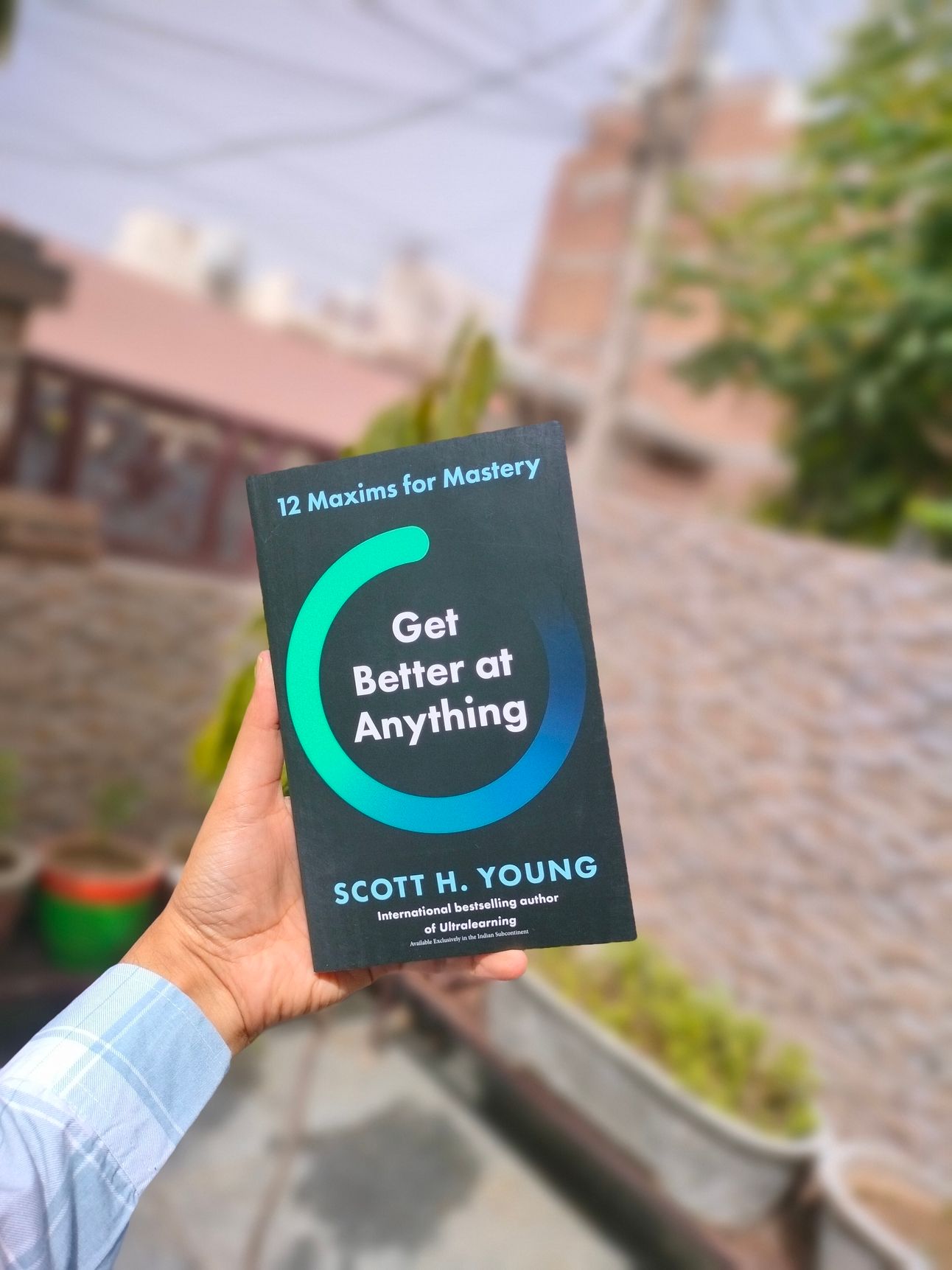
Lets begin.
When researchers compared 2.5 years infants with apes then both groups were similar in solving tasks involving spatial and quantitative reasoning. But human kids were ways better when they were showed the demonstration about doing the task. Hence humans learn by imitation.
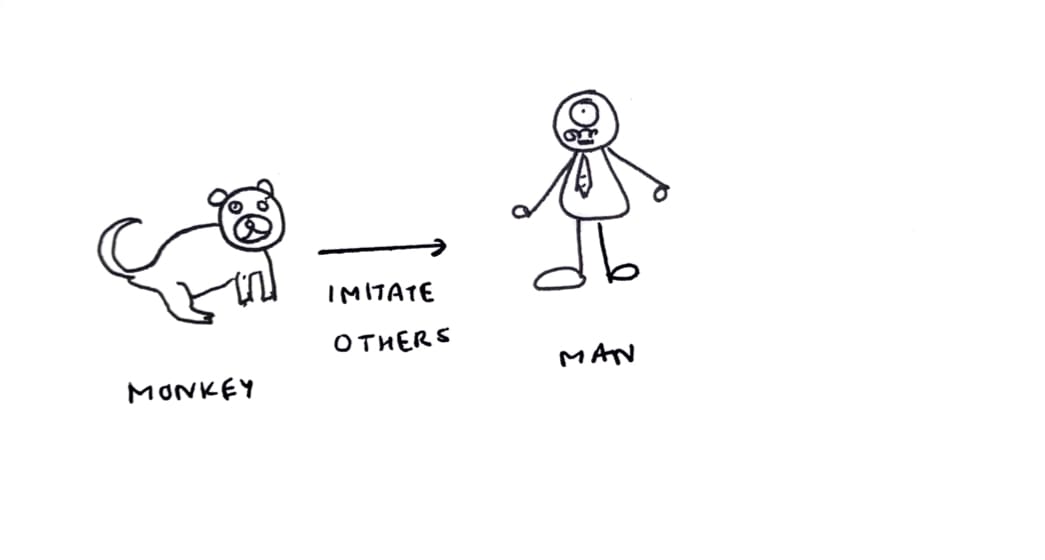
WE LEARN BY IMITATING
Then comes deliberate practice (by Anders Ericsson) which involves practice with immediate feedback.
Now lets learn 12 principles about learning.
first is fact that every learning is search. We search in problem space which is like maze with inherent constraints. When we face a very hard problem we satisfice it with a reasonable solution. It has drawbacks as we do not choose the best solution but it leads a bit further. There are few methods called weak methods which can be applied to all hard problems.
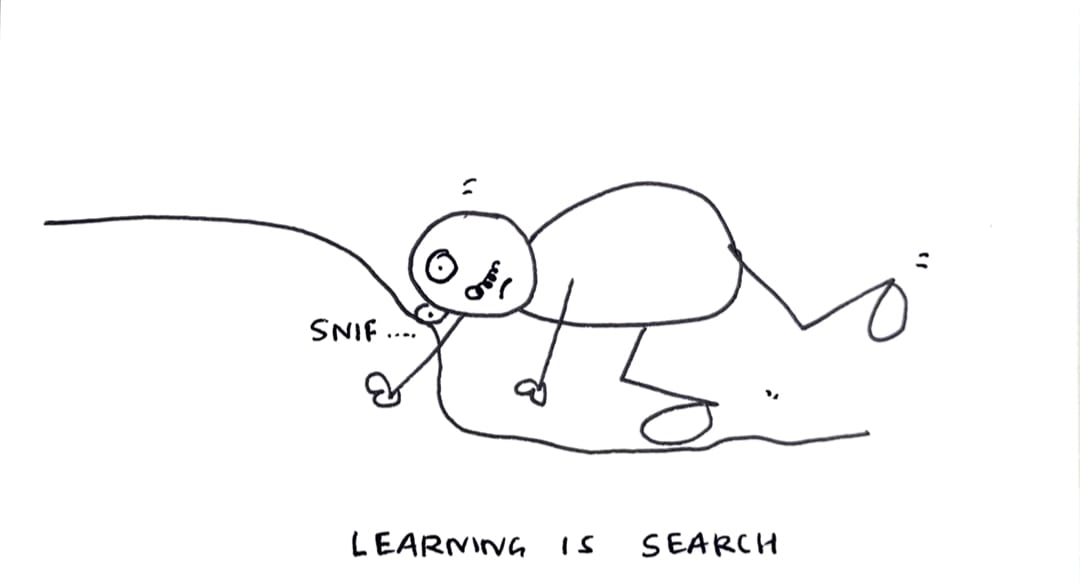
These are -
Generate and test - Its like hit and trial like finding keys, trying passwords. It works in familiar problems. Fails in large problem space.
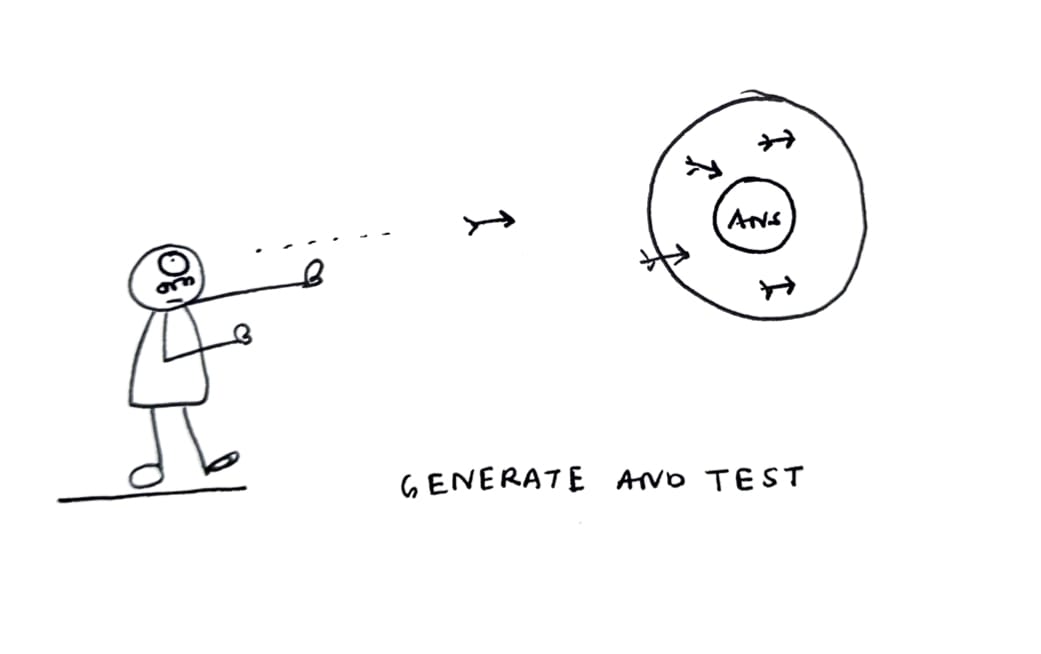
Means end analysis - In this we see the goal and the gap in reaching that. Then we find suitable solution to reduce the gap and repeat. Like reaching office when your car is out of order. It multiplies goals hence can confuse.
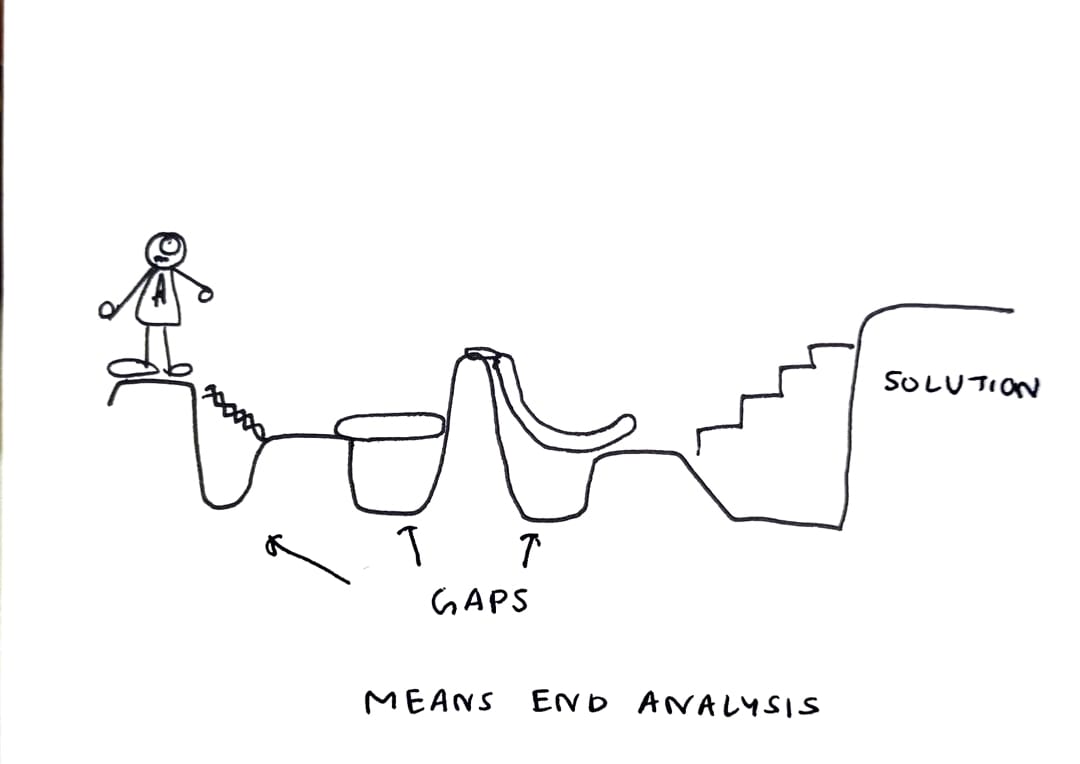
Planning - We reformulate big problem into smaller and easier problem and then try to solve it and generalize it. It can be over simplification which fails in real life.

Hill climbing - Start with a tentative solution to problem irrespective of its quality and then make small adjustments. Like in essay editing. It works when we can afford to take time.
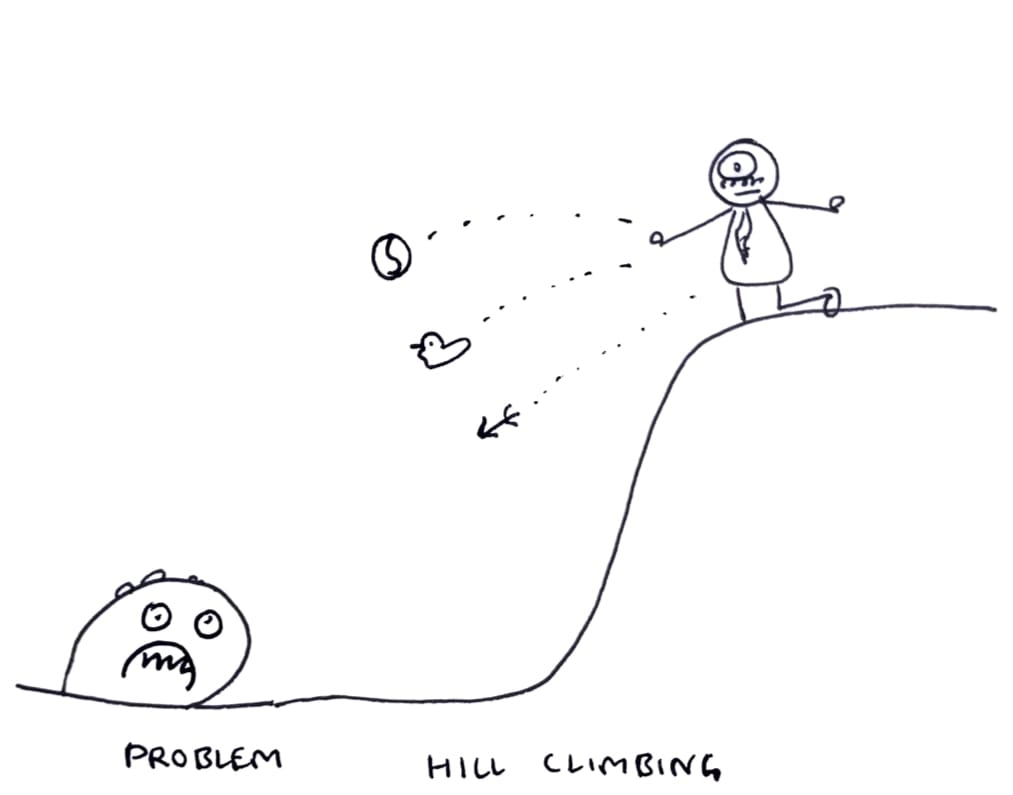
There are two types of problems - First are problems which stump us but are routine for someone else.
Second are problems in new territory.
Here are few lessons from this first insight - Start with the right representation of the problem. Do not work on impossible problems. Take small steps.
Next maxim is that we create by copying. An apprentice in art first copy masterpieces. Then they draw from sculptures. Painters proceed from charcoal to pencil to color.
Number of items we can hold at a time is seven. That is bottleneck for our learning. Hence we use models to remember more. Hence came the working memory hypothesis. Distractions erase short term memory. Hence we use stories to hold on. Next came the cognitive load theory. Intrinsic load is effort in learning and extrinsic load is all other things.
Split attention effect occurs when we have to move information around from one part of lesson to other.
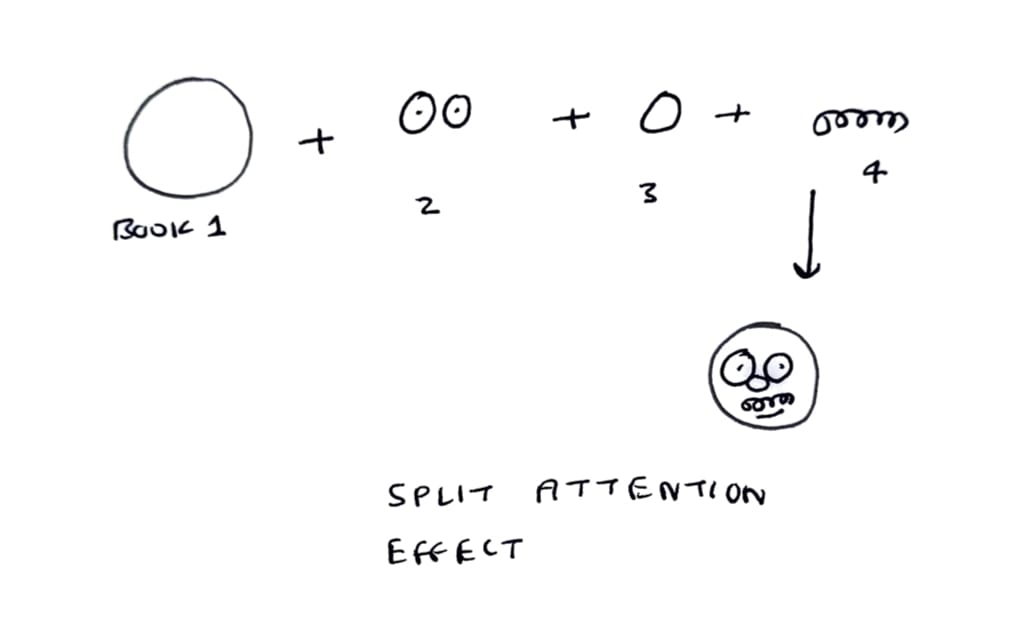
Redundancy effect is when same info is fed to two different sensory channels. Like in form of diagram and test and sound.
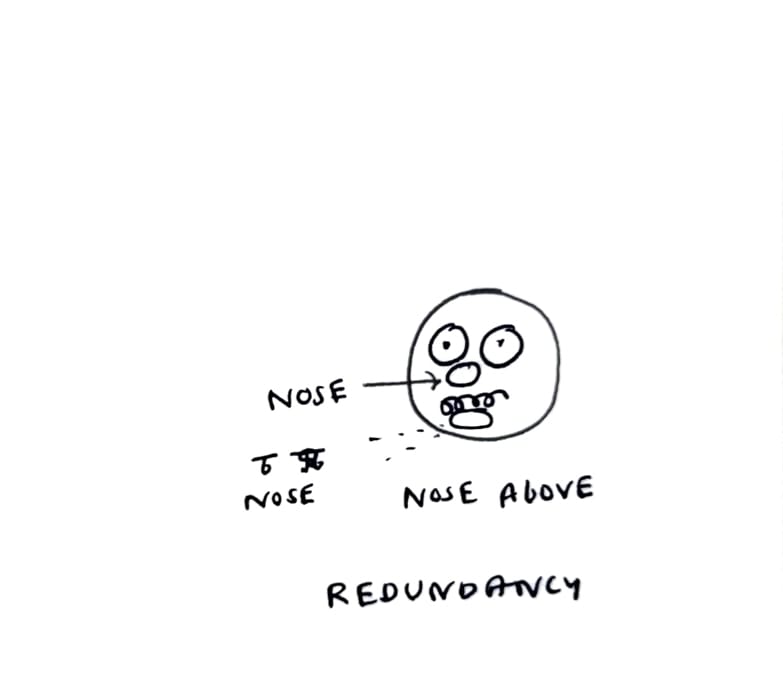
Worked examples help students and they should be encouraged to try and reach answers themselves before giving help. This is called pretraining.
Next lesson is if we get small success in start then we can better handle failure later and persist. In classrooms we should introduce mastery learning. Units are taught and unit test are taken to find weak areas and we focus on these. Same material is taught in different ways.
We should know self efficacy theory of Bandura. Motivation has six parts. One is expected outcome and second is belief about our capacity to do that work. Then bodily state and persuasion are minor factors. Other factors are seeing others succeed and personal mastery.
Hence begin with basics and seek help. Do easier tasks and succeed to build confidence. Learning is like kindling a fire.
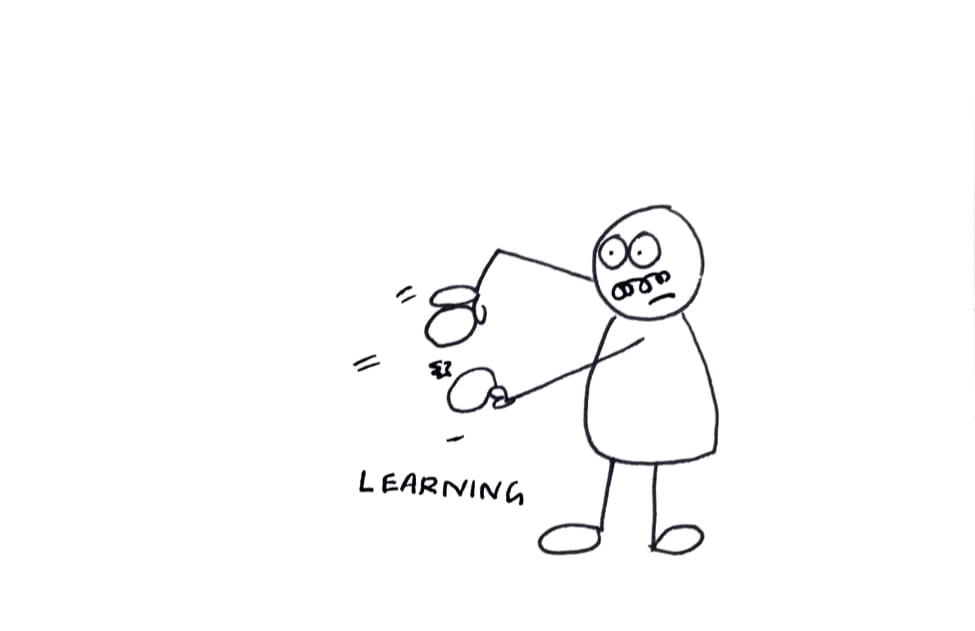
LEARNING IS LIKE KINDLING FIRE
Next is the lesson that with experience knowledge becomes invisible. Tactical knowledge is what we know but cannot express. We can also compare it to intuition. Experts are bad teachers as they have lots of tactic knowledge.
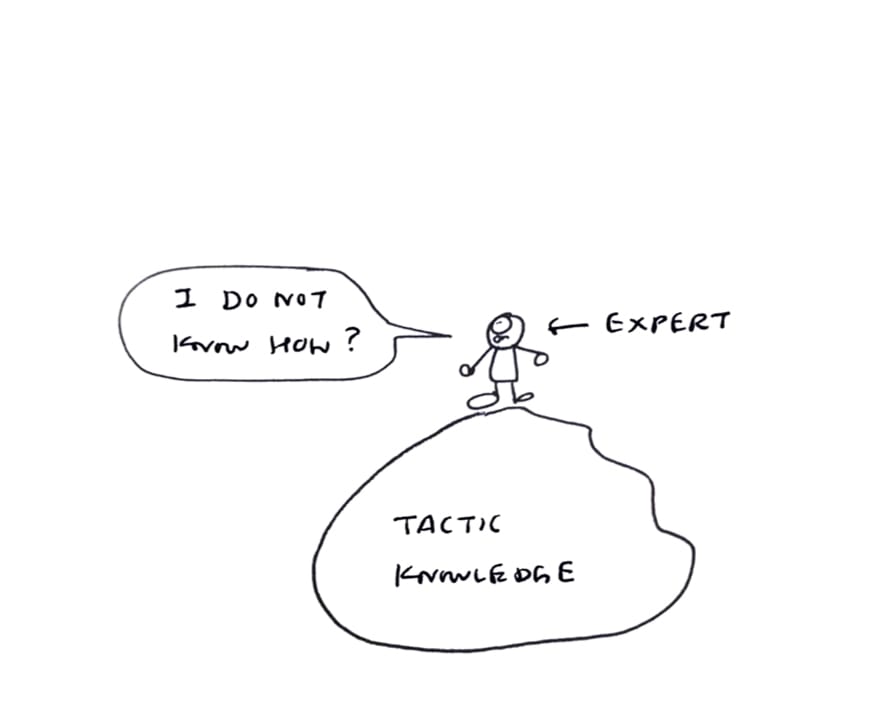
So when learning from experts do these things -
Ask stories not advice. Talk through tough problems. They create a problem and swap with other expert. Then see how they reach the answers.
Next lesson is that we should work at our difficulty sweet spot which lies at border of just possible. It is zone of proximal development. Retrieve things from memory. Do spaced practice.
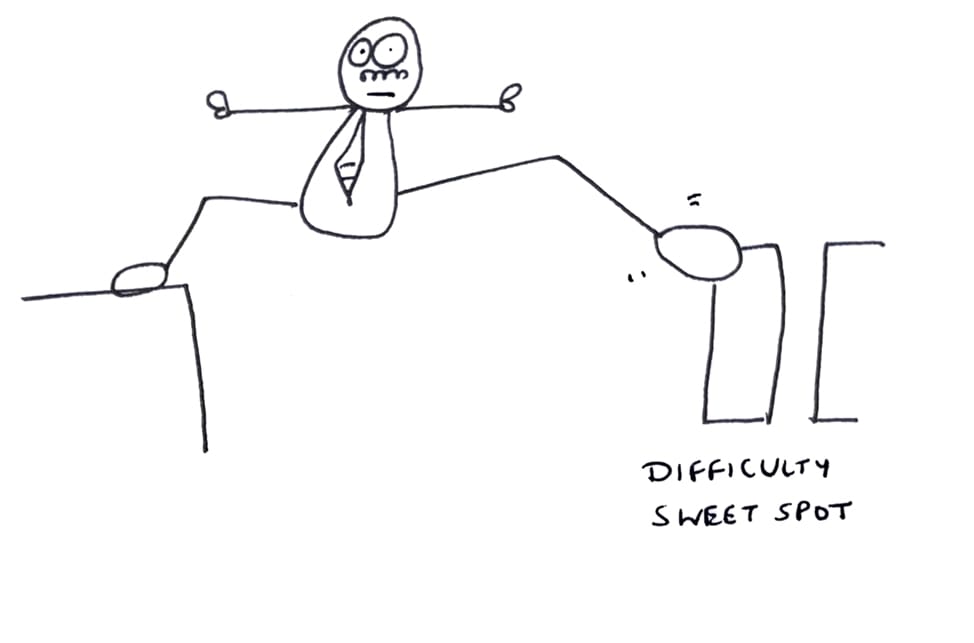
FIND THE ADJACENT POSSIBLE
Ways to reach difficulty sweet spot are -
Workshops and hands on practice.
Copy and learn and create.
Scaffolding is backbone knowledge provided by the teacher and then acted upon by students and enhanced.
Next lesson is that practice in one field like chess increase your ability in that field with minimal effect on your mental ability in other areas. Knowledge like geometry which if not applied practically is called inert knowledge.
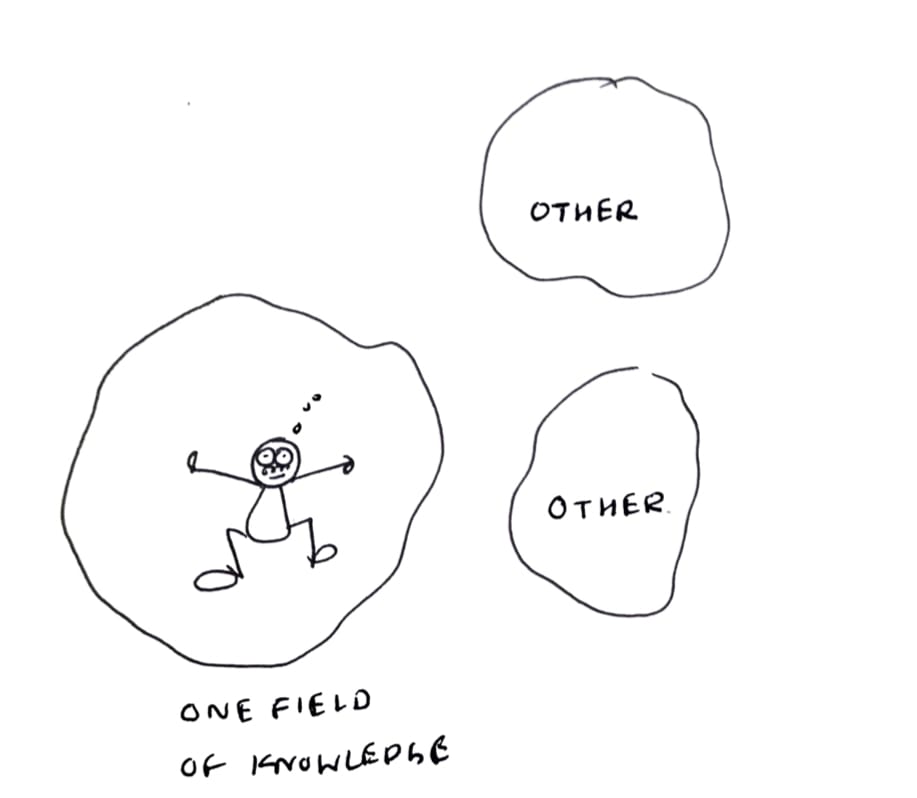
EXPERTISE IS FIELD SPECIFIC
Focus on the area you want to improve. Abstract ideas need concrete examples to learn. Learn things for their own sake.
Next lesson is that variability in learning is better than repetition. If we give tests and questions in same order as they are taught then learning is less. Learn same thing in different ways. Learn multiple things in same session.
SO shuffle your studying. Learn with theories. Get it right and then vary your practice.
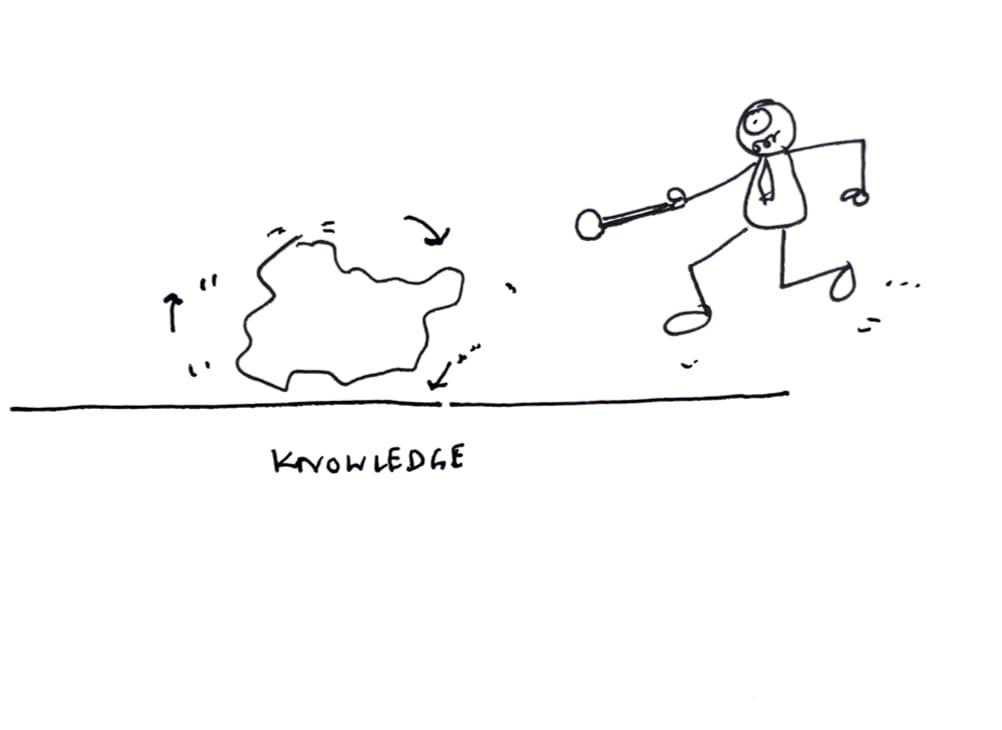
VARIABILITY IS BETTER THAN REPETITION WHILE LEARNING
Next lesson is that quality comes from quantity. More you hit more are the chances of success.
KNOW THE PRICE LAW THAT STATES THAT 50% OF SCHOLARLY OUTPUT IS BY NUMBER OF RESESRCHERS WHO ARE SQUARE ROOT OF TOTAL NUMBER.
Ideas appear when culture and time for it is ripe. This is concept of multiple discovery where multiple people discover same things simultaneously.
Invention is not same as innovation. Invention is creative work judged on its technical merit while innovation is measured by tis social impact.
Creativity can be explained as producing lots of ideas and retaining the best ones.
How to create more ideas .
Assembly line method. Delegate non essential parts.
Allow the ideas to ripen and return to them after some gap. Mange the risks and spend less time on non creative works.
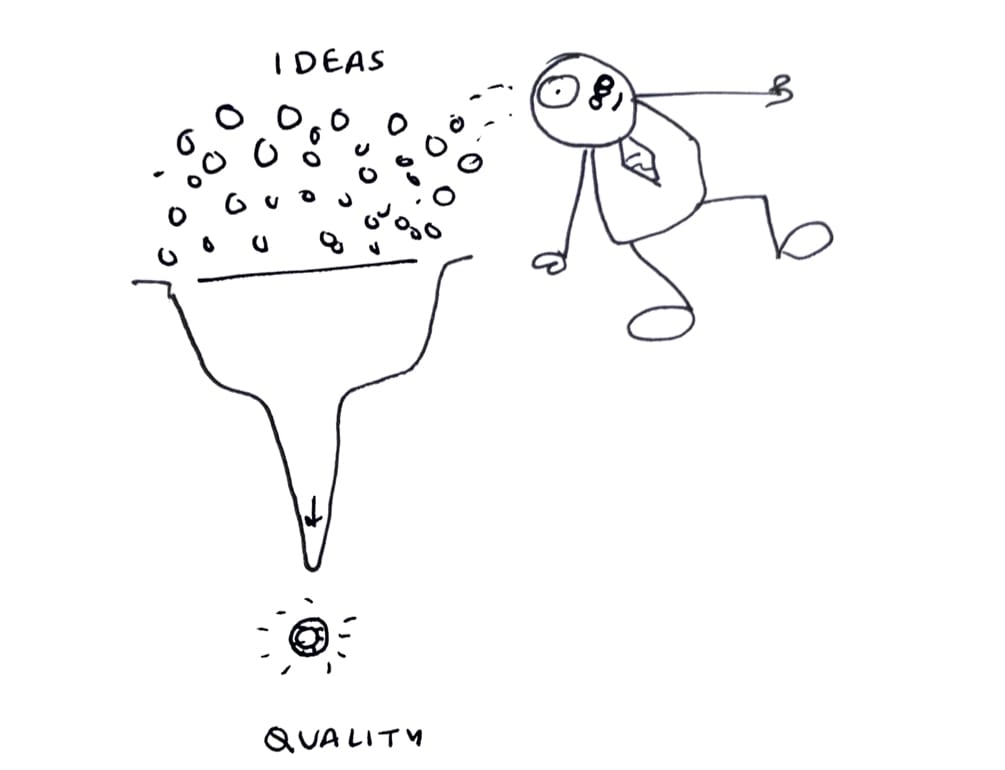
LOTS OF IDEAS FOR QUALITY IDEAS
Next lesson is that experience is not same as expertise. There are two methods of decision making. One is clinical which is based on intuition. Other is statistical which uses fixed formulas.
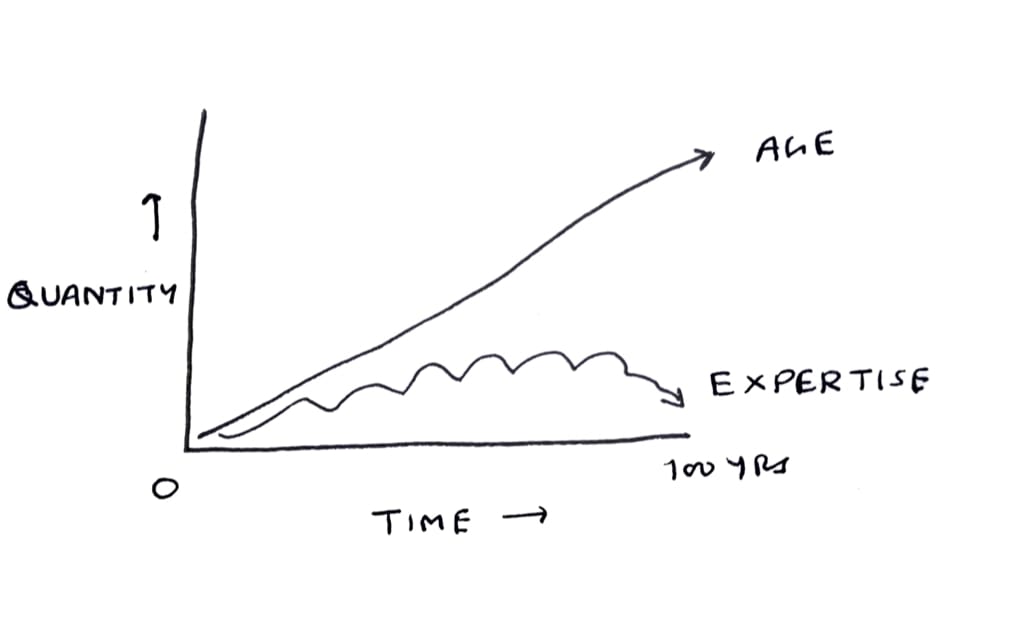
EXPERIENCE IS NOT EQUAL TO EXPERTISE
Intuitive judgment is not reliable when context and cues are not very stable.
Here are few ways in which we can improve our judgement.
Break large problem into smaller one. Always keep base rate of occurrence of a particular event in the mind. Have constructive disagreement.
When making decisions under uncertainty do this -
Use models. Get more information along with outcome information. Make discussion groups. Know when not to trust your gut.
Next lesson is this that practice should be realistic like flight simulators. Student must have legitimate and transparent participation in learning process. Leaning is a communal activity.
Separate skills from signals.
Next lesson is that improvement is not a straight line. There are three phase to develop movements efficacy like in sports.

PROGRESS IS NOT A STRAIGHT LINE
First is cognitive phase where you understand task.
Then associative phase when he tries different things.
Then there is autonomous phase where skill becomes automatic. Once automatic stage is reached, it is hard to change the habit. Habitual mode of problem solving is stuck and it is called Einstellung.
Both novice and expert are nor perfect in learning. Best students are somewhere in between.
We need to unlearn bad habits. Here are few ways to unlearn bad things -
Create new constraints to your practice. Find a coach. Renovate your habit rather that rebuild.
Last is learning requires courage which needs facing our fears. Avoidance is not good to handle fear. Generally exposure or flooding and response prevention helps to win over fears. This happens through the process of extinction (a persistent stimulus id not noticed) and habituation. Anxiety reduces learning.
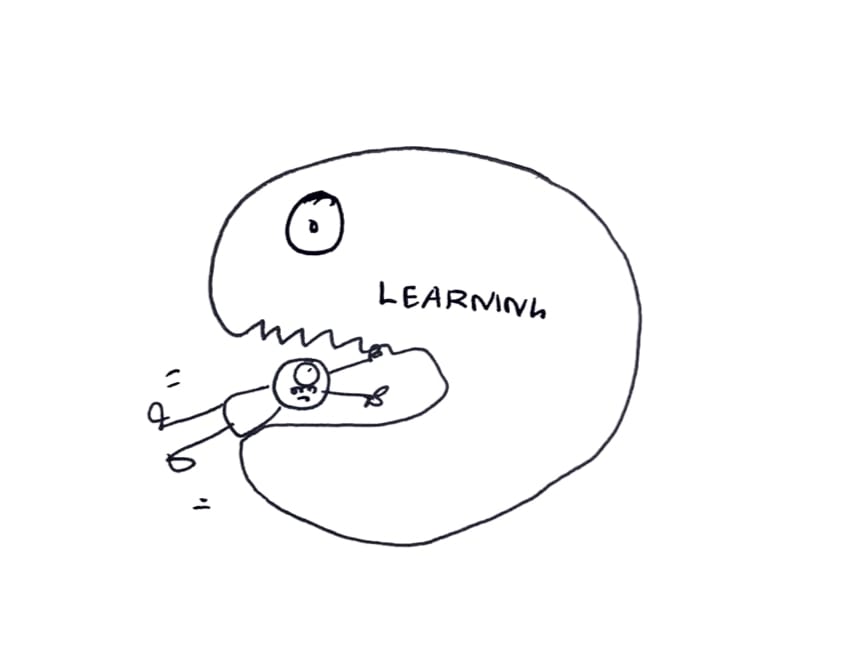
LEARNING NEEDS COURAGE
What we can do?
Construct your fear hierarchy and list your fears. Do not say everything is OK but say thing can go wrong but it will not be so bad and you will be able to handle it. Face fear with your partners.
leaving you with a snap of my recent book. See
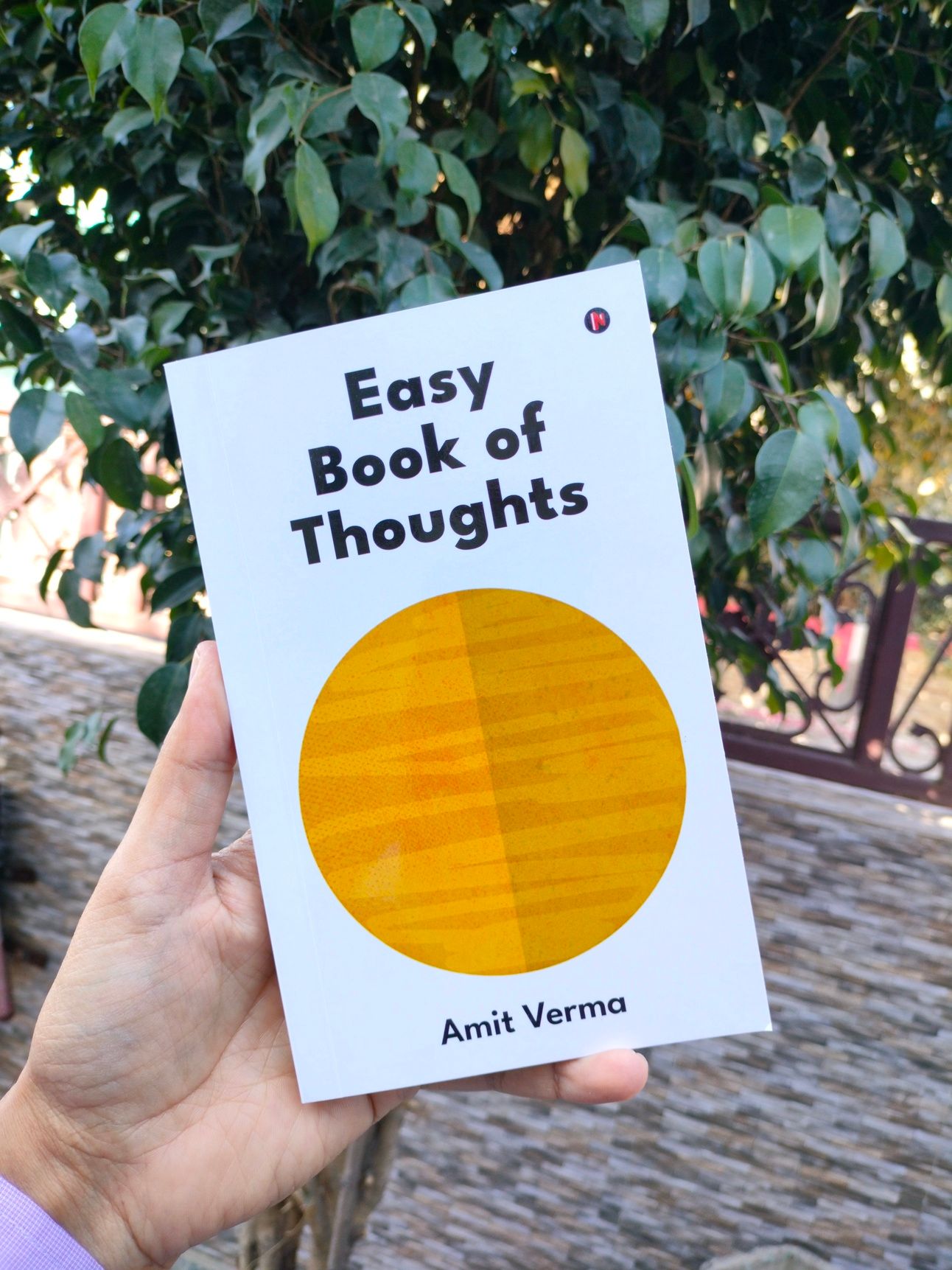
EASY BOOK OF THOUGHTS
you in the next newsletter.
Reply